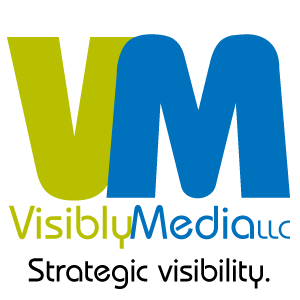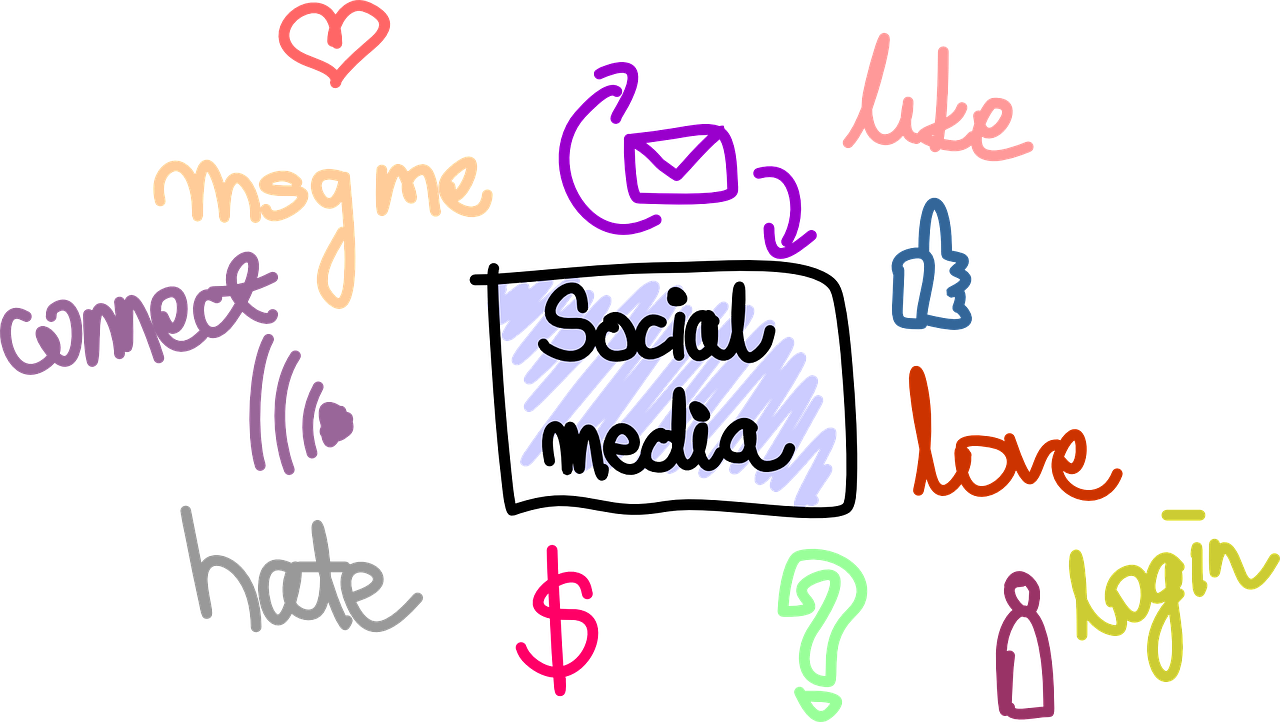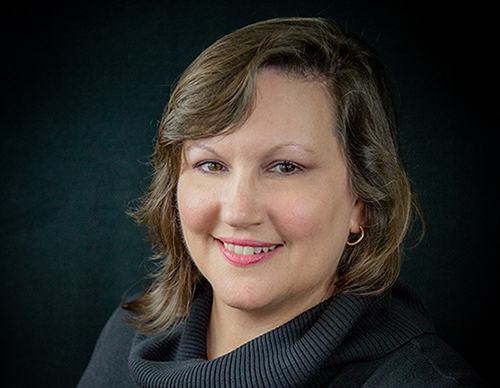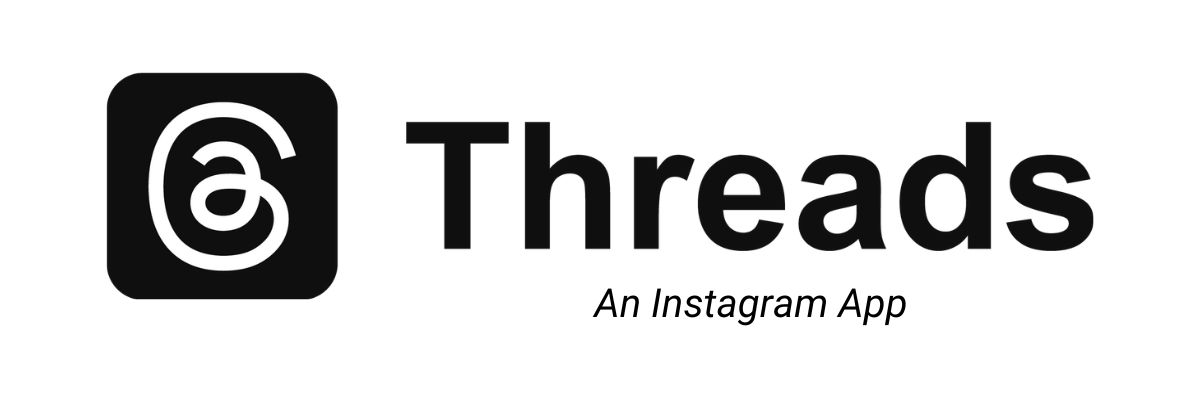This post is not political by nature and is not intended to be; only my opinion.
Thank goodness 2020 is behind us, right? It’s a new year and time to get back on track!
There are three lessons I’ve learned from 2020 and dealing with the pandemic:
- Stay focused. Don’t let all the rotten news of the day take your eyes off your goals!
- Stay flexible. Be curious! If you wanted to learn more about “x” (fill in the blank) — whether that’s automation, video blogging (a.k.a. vlogging), podcasting, or creating a flier — or, maybe read that new book you’ve been wanting to read — and schedule that time for yourself; commit to making it happen.
- A.B.M. This means Always Be Marketing. With automation, your website and social media posts can help you keep in touch with your followers and prospects so you work smarter, not harder. The nice part about automation isn’t that it’s “hands-off”; it still allows you to engage organically, unscheduled. Test out different software and see what makes the best fit for your business.
The biggest lesson I learned came as more of a surprising reminder. It’s a lesson my business mentor taught me nearly ten years ago, and until this year I didn’t see it coming. Maybe I did and I chose to ignore it – who knows? Ready?
We don’t own our pages or profiles on these social media platforms.
Okay, you’re right – I should have known that! After all, I’ve been working, coaching, and training in social media since 2007. Sometimes, you can get too comfortable with processes to realize the obvious: what control over our content we thought we had was an illusion.
Sounds like a line out of the movie Jurassic Park, right? That line, in case you’re curious: “You never had control! That’s the illusion! I was overwhelmed by the power of this place. But I made a mistake, too. I didn’t have enough respect for that power and it’s out now.”
To rewrite this for our current times: “We never had control. That’s the illusion. I was overwhelmed by the power of these social media channels. But I made a mistake, too. I didn’t have enough respect for that power, and it’s out now.”
There are a lot of people feeling that “power”, too, and they don’t like it.
Last year was a year of several firsts:
- COVID-19 pandemic (first in our lifetime)
- Online meetings
- Virtual school
- 2020 Presidential election (should have been “the year of vision”)
Last year was also the year of outright censorship. Censorship is the destruction of both ideas and creativity; it rejects civil discourse and disallows solutions to be born. Censorship selfishly declares, “your opinion is not more worthy than mine, and I won’t allow you to have it”. Censorship denies something or someone the right to become. That’s not a political statement – it’s a professional observation.
These social media channels were once platforms for all to post, share, and connect with others — like digital networking. Then the platforms became publishers. You may be wondering what the difference is. A platform encourages the development and use of provided solutions and/or services without fear of being bullied, censored, removed, etc. A publisher chooses what content can be viewed on these solutions and/or services based on what they feel their audience should see. For more details, check out this blog article by Harvard Business Review.
This past year was more political, to be sure, and thankfully had nothing to do with small businesses. The underlying question, for me, is more disturbing: where, or when, does it stop?
Will these “platforms” choose to favor, to discriminate between businesses and posts? To be sure, they do this anyway with their “pay to play” formats; the more you pay, the more your content will be seen/found, and the opposite is also true. What happens, then, if you pay more but the algorithm of these tech giants simply doesn’t agree with your posts, your images, your own expertise? Then what?
Yeah, that was a moment for me, too. I’ll give my answer to that in a different post.
This year, as business owners, we should be very wary of posting our content in places where we have little control, or, where we don’t really know what control we have. Likewise, if we choose to post our content on high-risk channels, we also must accept that it may not be seen. Going forward, we should:
- Fully understand the risks on each social media channel or tech service you’re using.
- Don’t just post on one channel, but, be mindful to still choose channels your audiences are using.
- Make sure your web hosting company will not censor your content, especially if they are renting cloud space from another service.
Food for thought for 2021.
Be strategic. Be visible. Be found.
Ready to start using social media smarter, not harder? Let’s chat! Schedule a free one-on-one coffee chat over ZOOM to talk about strategically incorporating both social media and inbound strategies into your current marketing plan.
#smallbusiness #businesstips #marketingtips #socialmedia #visiblymedia











